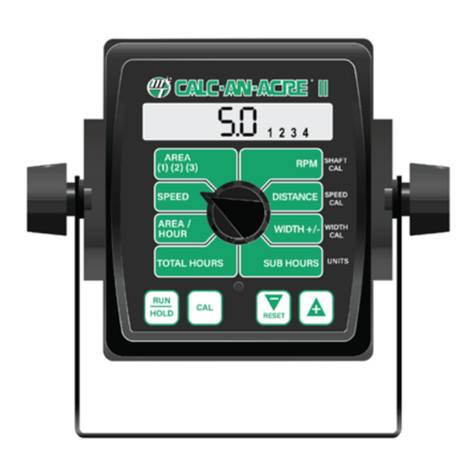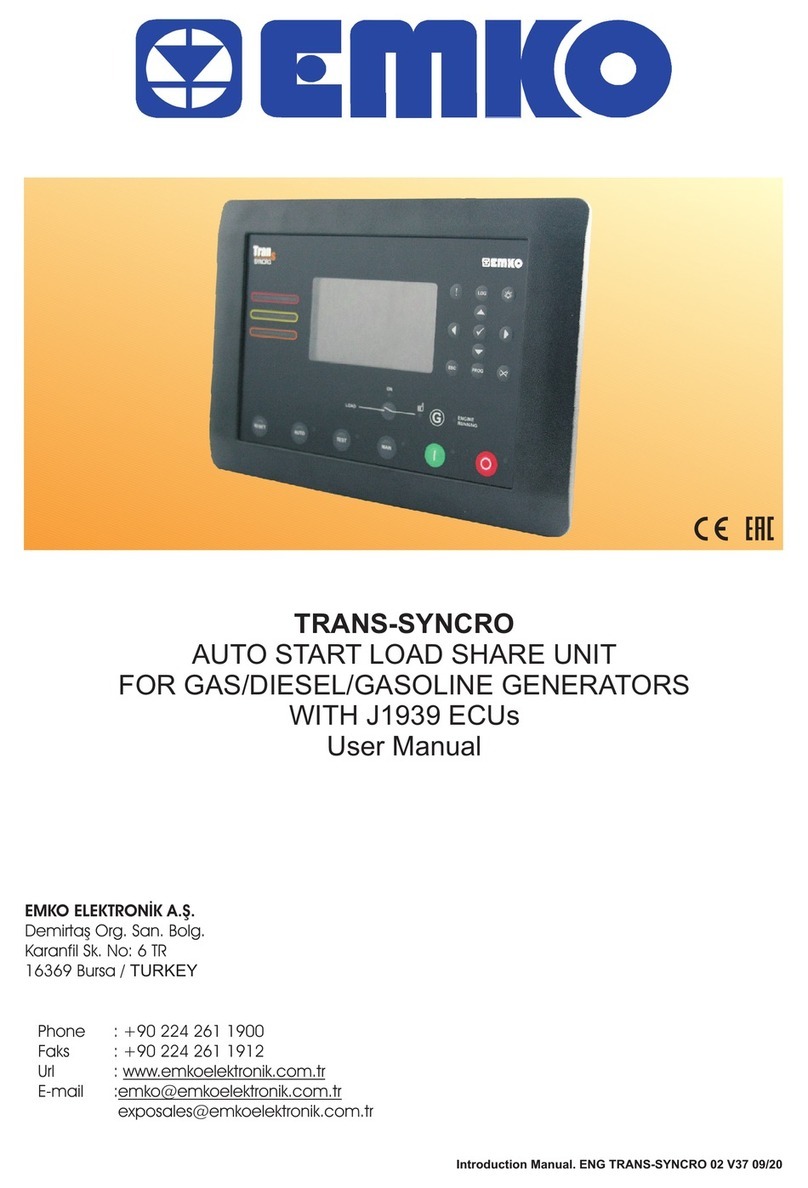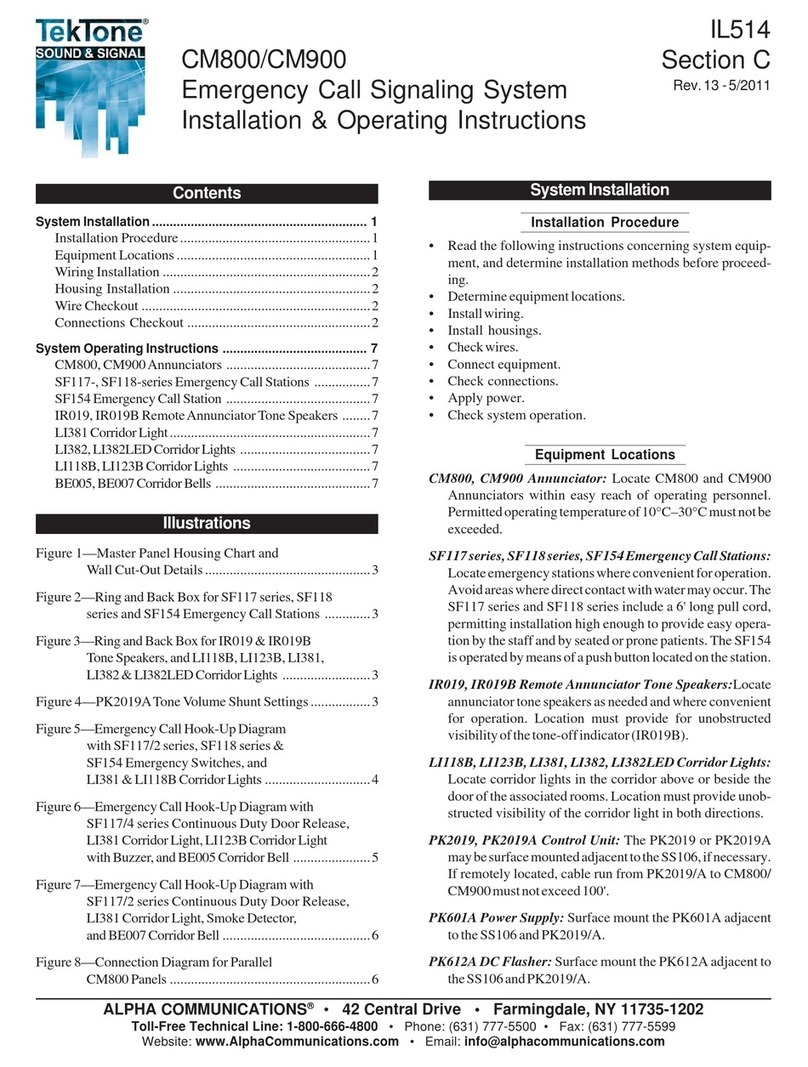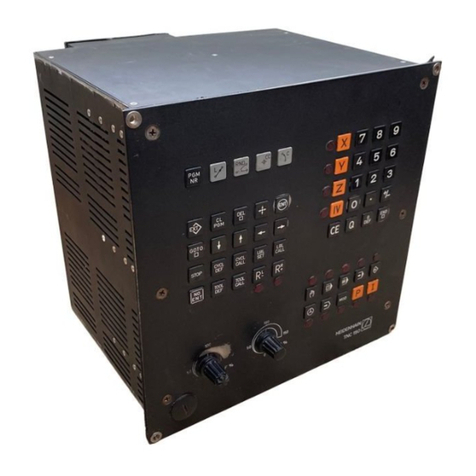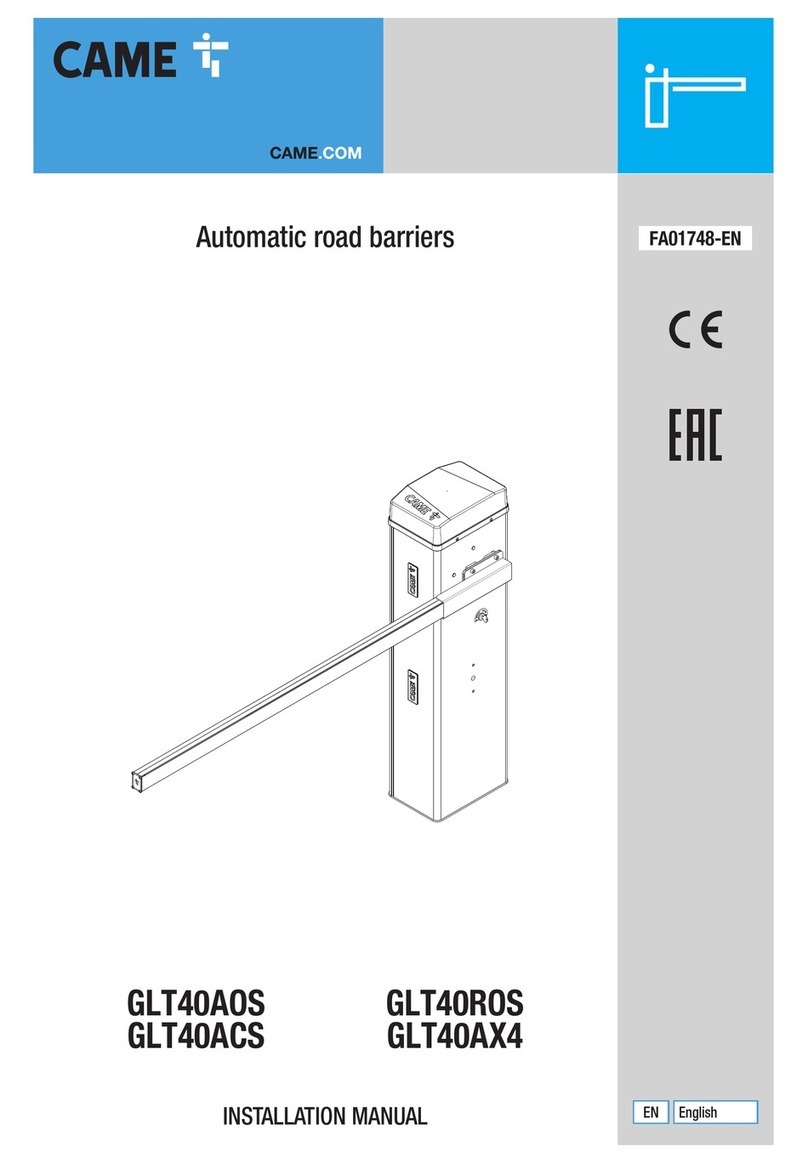
IL381 Tek-CARE®NC110A, NC110N Manual • iii
Copyright © TekTone Sound & Signal Mfg., Inc. All Rights Reserved.
System Operating Instructions.............................................................. 1
NC110N Master Stations ............................................................................................. 1
NC110A Master Stations ............................................................................................. 3
SF100N,SF100/2,SF100C,SF102Call Stations ............................................................ 3
SF101N,SF101C CallStations ...................................................................................... 3
SF151N,SF153N, SF155B,SF339 Emergency Stationsand SF156BCode Station ....... 4
LI150N,LI150BDuty Stations ..................................................................................... 5
LI381CorridorLights ................................................................................................... 5
LI382,LI382LEDCorridorZone Lights ........................................................................ 5
System Operating Principle................................................................... 6
PK151A,PK152 Power& ControlUnits ...................................................................... 6
PK800A Secondary Power Supply ............................................................................... 6
NC110N Master Stations ............................................................................................. 6
NC110A Master Stations ............................................................................................. 6
SF100N,SF100/2,SF100C,SF101B,SF101N,SF101C,SF102CallStations .................. 7
SF151N,SF153N, SF155B,SF339 Emergency Stationsand SF156BCode Station ....... 7
System Installation.................................................................................. 8
Installation Procedure .................................................................................................. 8
Equipment Locations ................................................................................................... 8
Wiring Installation ....................................................................................................... 9
Housing Installation .................................................................................................... 9
Wire Checkout ............................................................................................................11
Wire Connections .......................................................................................................11
Connections Checkout ...............................................................................................12
System Test Instructions ............................................................................................12
System Checkout and Testing ....................................................................................12
System Maintenance Instructions....................................................... 14
NC110A Master Stations ............................................................................................14
NC110N Master Stations ............................................................................................14
PK151A,PK152 Power& ControlUnits .....................................................................15
PK153 ThirdPriority ControlUnit ...............................................................................15
PK800A Secondary Power Supply ..............................................................................15
FZ151In-Line Fuse Holder .........................................................................................15
SF100N,SF100/2,SF100C,SF102Call Stations ...........................................................15
SF101N,SF101C CallStations .....................................................................................16
SF151N,SF153N, SF155B,SF339 Emergency Stationsand SF156BCode Station ......16
LI150N,LI150BDuty Stations ....................................................................................16
LI381Corridor and LI382Corridor ZoneLights .........................................................16
Replacement Parts ......................................................................................................16
Table of Contents ————————————————————



